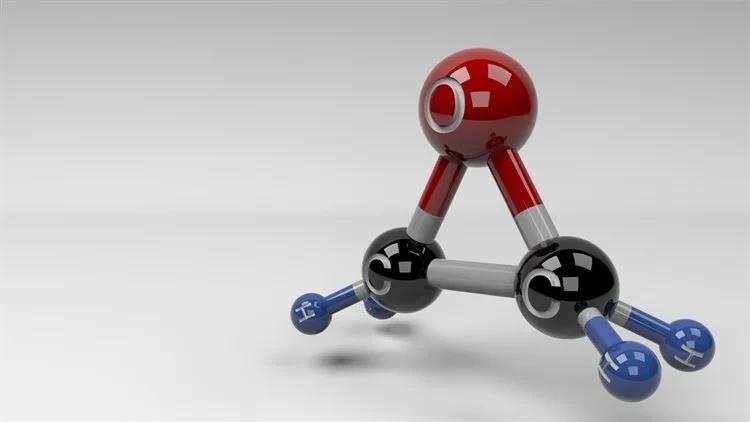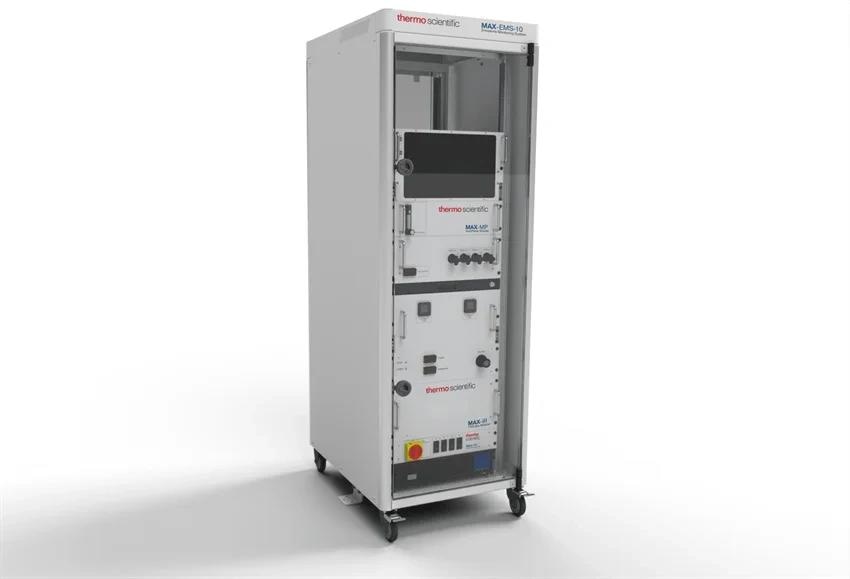Ethylene oxide (EtO) is an odorless and colorless compound. It is widely employed as a reaction intermediate in the production of ethylene glycol or the sterilization of medical products.
EtO is necessary for producing medical devices such as catheters and artificial heart valves. However, studies have revealed that it also has mutagenic and carcinogenic properties, which can cause long-term health risks for people who work in sterilization facilities or are part of the surrounding communities.
New and more rigorous regulations have recently been proposed by the Environmental Protection Agency (EPA) to reduce EtO exposure.
These followed the publication of the agency’s IRIS assessment (Evaluation of the Inhalation Carcinogenicity of Ethylene Oxide) and other recent studies regarding existing sterilization procedures.
If these regulations are finalized, they will demand that commercial sterilizers confirm their pollution controls are functioning, which can be attained by implementing real-time continuous emissions monitoring techniques.
This article discusses the implications of these new regulations for the sterilization industry.
The Proposed Air Emissions Standards
The proposed new emissions standards will impact the current 86 commercial sterilizers in the US and any new start-up companies that rely on EtO, as they require installing new pollution technologies and controls.

Image Credit: Thermo Fisher Scientific
These regulations aim to reduce the release of EtO from such facilities by approximately 80%, to achieve levels below the Clean Air Act benchmark for elevated cancer risk, and to reduce the exposure risks for surrounding communities.
The sterilization facilities will also be required to monitor EtO in real-time, which demands advanced technologies to accurately measure concentrations at or below 10 parts per billion (ppb).
Data will need to be collected and subsequently reported to the EPA twice each year to allow the agency to evaluate and monitor the effectiveness of the proposed mitigation measures.
Further safety measures will be required to provide more staff safety in facilities with EtO levels greater than 10 ppb, including making personal protective equipment (PPE) mandatory.
The public comment period for the proposed standards has closed, with further steps required before the regulation is finalized. However, commercial sterilization facilities will only be given 18 months to comply with the new regulations once they are implemented. This means that companies must understand how to best meet these regulations to prepare for any potential changes they may require.
Challenges of Monitoring Ultra-Low EtO Levels
Emissions monitoring is not a new concept, with EtO source measurements attracting attention in the industry following the results of a 2014 National Air Toxics Assessment (NATA), published in 2018.
Historically, initial sample collection in the field, followed by offline laboratory analysis, was necessary to assess EtO levels. However, several challenges arise in the detection of EtO:
- EtO is difficult to trap and concentrate because of its low boiling point
- The compound is highly reactive, making the collection and transport of samples difficult
- Interfering species with identical molecular weights (e.g. CO₂, propane, and acetaldehyde) may be present in the sample matrix. This results in low levels of EtO being difficult to detect with techniques such as mass spectrometry and gas chromatography.
- At sterilization facilities, scrubber systems may utilize aqueous acids to convert EtO to ethylene glycol, a less volatile compound. However, analysis can be impacted by any residual acid mists within a sample.
Meeting these new regulations for real-time EtO monitoring is challenging and analytical technologies optimized for direct, real-time, EtO measurements must be employed.

Image Credit: Thermo Fisher Scientific
Overcoming the Difficulties of Compliance with OE-FTIR
An evolution has occurred regarding analytical methods that are employed for the detection of hazardous air pollutants. Over time, they have become increasingly sensitive, economical, and easy to use.
To precisely detect EtO at very low concentrations and meet the detection limits in the proposed rules from the EPA, new technologies that are based on optically enhanced Fourier transform infrared (OE-FTIR) spectroscopy can be used.
The Thermo Scientific™ EMS-10™ Continuous Emissions Monitoring System (CEMS) and Thermo Scientific™ MAX-iAQ™ Ambient Air Monitoring System can be employed to identify and quantify low-level EtO leaks with a detection limit of 1 ppb, which exceeds US EPA standards.

Image Credit: Thermo Fisher Scientific
Thermo Fisher Scientific™ has collaborated with the Montrose Environmental Group to merge rapid, sensitive, reliable, and robust emissions analysis with the technical expertise required for smooth installation, calibration, and support.
The EMS-10 System and MAX-iAQ System provide monitoring of EtO emissions with minimal downtime, offering companies a valuable tool to help with their transition to compliance.
Navigating Government Regulations with Confidence
Although fulfilling the new EtO regulations may appear impossible, the transition is manageable with the right tools and support.
State-of-the-art solutions from Thermo Fisher Scientific enable the precise detection of gaseous EtO, assisting sterilization companies in achieving compliance.
Utilizing these technologies can ensure continued smooth operations for the medical sterilization industry while providing long-term protection for workers and communities.
Acknowledgments
Produced from materials originally authored by Thermo Fisher Scientific.

This information has been sourced, reviewed and adapted from materials provided by Thermo Fisher Scientific – Environmental and Process Monitoring Instruments.
For more information on this source, please visit Thermo Fisher Scientific – Environmental and Process Monitoring Instruments.